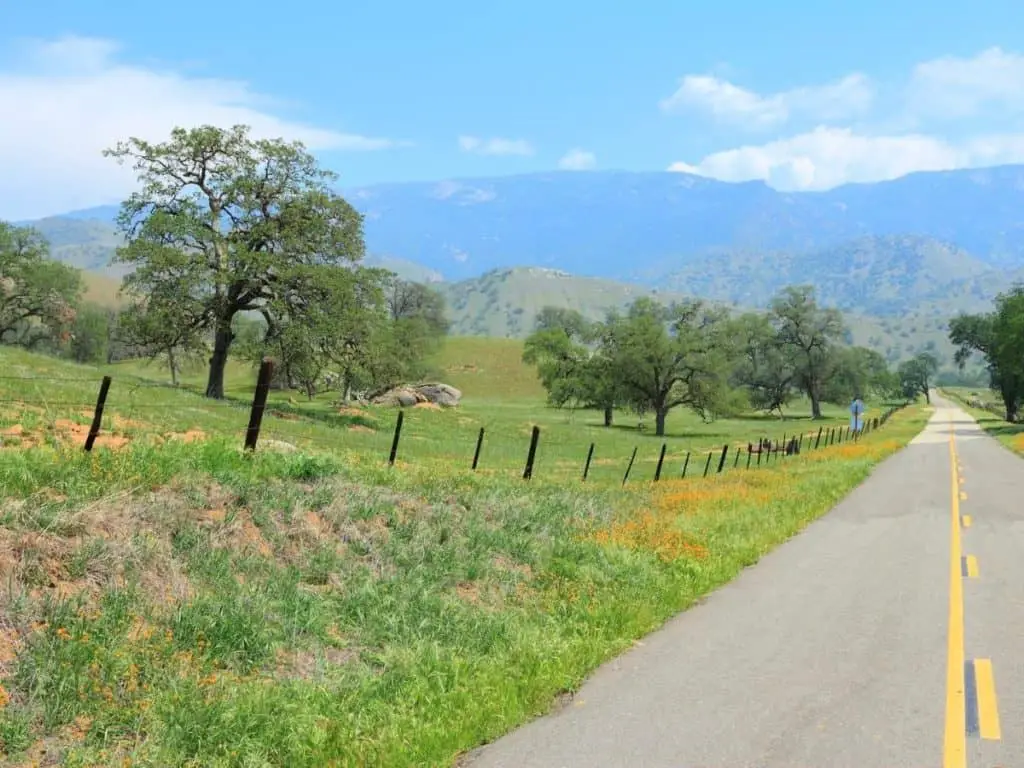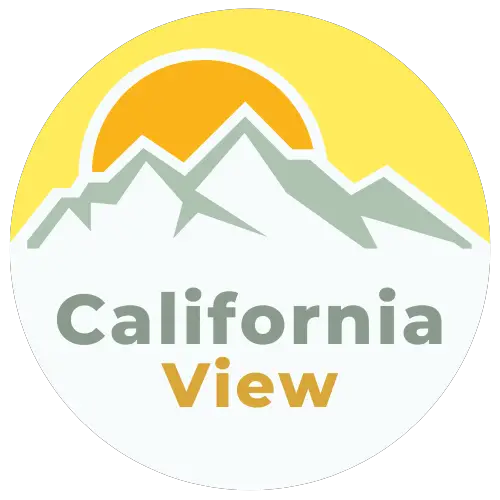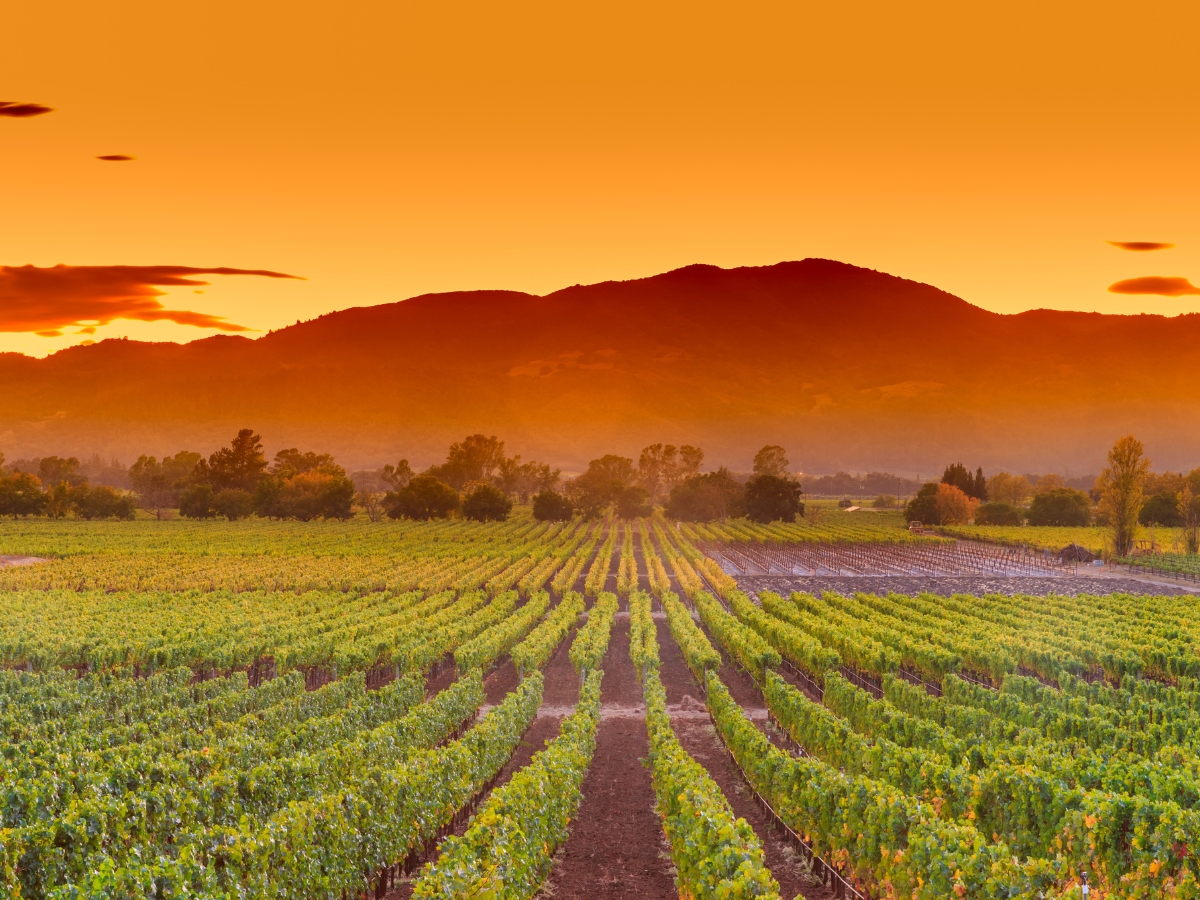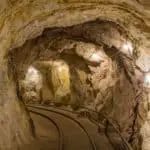Tulare County is a rich agricultural producer in the fertile San Joaquin Valley. The County’s name is from the one-time largest freshwater lake west of the Great Lakes, the Tulare Lake. The County is rich in biodiversity, a recreational kingdom, and home to the world’s largest agricultural expo. The County also is a prime destination for visitors to its national parks and forests.
Tulare County, in the San Joaquin Valley, is an agricultural leader. Annually, thousands of visitors from worldwide come to its annual agrarian expo. There are lakes in the County’s central region. The County also has vast forests and parks in its eastern Sierra Nevada Mountain region.

What Is Tulare County California Known For?
Tulare County, without doubt, attracts visitors to the scenic Sierra Nevada national parks and forests. The County has firmly established its mark on the world’s agricultural map. Recreation, specifically leisure tourism, agriculture, and livestock, are the County’s critical economic drivers.
- Agriculture And Livestock
- National Parks And Forests
- Gateway Visalia
- Central Valley
- World Agricultural Expo
Tulare County’s diversity is evident in the vast difference between different terrains – the agriculture-rich central areas and the northern and south-eastern wilderness areas. Tulare County is world-recognized for its agriculture and livestock (especially dairy) production.
Agriculture And Livestock
The history of agriculture in Tulare County is more than just the cultivation of its fertile valley floor. The City of Tulare today is the center of California’s agricultural production. Though, over a century ago, in 1891, the City’s economy was the railways. When the railway headquarters was moved to County town Bakersfield, the City of Tulare appeared decimated.
Though the City is in the fertile agricultural belt, the poor rainfall and lack of natural water didn’t allow for large-scale agricultural farming – crops, and cattle. However, local farmers’ grit and perseverance led to the establishment of the Tulare Irrigation District – the canalization of water from the Sierra Nevada – in the early 1900s.
Tulare County’s booming agricultural and livestock industries were boosted in the 1900s when Portuguese farmers from the Azores set up farms and dairies in the Central Valley.
Tulare County’s agricultural belt is known for its dairy, sheep, and cattle farming as much as for citrus and nut – almond and pistachio – production. However, the San Joaquin Valley areas are today under threat by urban developers and suburban sprawl. A three-year drought in 2014 affected the Valley’s agriculture industry.
National Parks And Forests
Tulare County has some of the world’s most beautiful national parks and forests. The Kings Canyon National Park, known as ‘A Land Of Giants’, is in the County’s north in the Sierra Nevada Range. The Park is visited for its’ majestic sequoia trees – best known is General Grant Tree in Grant Grove.
Kings Canyon has many campsites, lodges, and trails along granite canyons, through meadows like the Zumwalt Meadow, and hikes along the Kings River to the Roaring River Falls. There is rich biodiversity, and besides bears and cougars, this is the home of rattlesnakes!
South of Kings Canyon National Park in Tulare County’s Sequoia wilderness. The two parks are noted as America’s ‘most superlative scenic landscapes’- a standout feature of the area’s rugged and pristine High Sierra scape! The sequoia forests and threatened species are protected – projects fight invasive plants and protect the endangered yellow-legged frog and Sierra Nevada’s bighorn sheep.
Gateway Visalia
Visalia, the County’s administrative seat, is named after Tulare Lake. In 1893, Lake Tulare became what’s today known as the fertile Kings County. The Lake has been drained of its water through prospering agriculture!
Tulare County, formed in 1852, was a part of Mariposa County. Over four decades (from 1856 – to 1893), Tulare County seeded parts of its land to form neighboring Fresno County, Inyo County, Kern County, and Kings County.
Today county Visalia, with a population of 141,384, is the fifth-largest in the San Joaquin Valley and the 42nd most populous in California. The City is the gateway to the County’s recreational offerings – mountainous and forested areas and the central agricultural valley.
Central Valley
Central Valley is parallel to the Pacific Coast, about 450 mi long, and 11 percent of the Valley falls in California. The Valley is between California’s Coastal Ranges and the Sierra Nevada. It is the State’s and one of the world’s most productive agricultural regions.
Many people, especially those in the farming and agriculture sectors, are drawn to the San Joaquin River and the Tulare Basin’s interconnected canals and stream beds.
World Agricultural Expo
Tulare County’s three-day county fair stands out in the agriculture and livestock world. Known as World Ag Expo, over 100,000 people from across the globe attend the expo with 1,450 exhibitors!
The exposition concerns agriculture, livestock, innovation, equipment, and services. The expo is also known as the first to display Hemp exhibits.

What’s In Tulare County?
Tulare County’s wilderness’ spell-binding beauty offers walking trails and campsites. The County’s scenic Central Valley attracts visitors, and County seat Visalia is an attractive destination.
Sequoia Wilderness
Sequoia National Park’s diversity attracts tourists and hikers come to climb Lippincott Mountain with a summit of 12,264 feet. There’s the High Sierra Trail just below the Mountain’s eastern slope. Access from the east side is more accessible, and serious mountaineers and climbers can scramble up the Mountain from other points.
The Sequoia National Park has many trails and walks and several campsites. Popular areas are Mineral King and Golden Trout, where there is fly-fishing.
Sierra Nevada Mountain Peaks
The Sierra Nevada’s extraordinary mountain peaks include Thunder Mountain on the north side of the Sierra Nevada’s Great Western Divide. The Mountain has an elevation of more than 12,720 feet. The Mountain forms the border between the Sequoia and Kings Canyon national parks.
Mount Whitney, the highest mountain in the Sierra Nevada, is 14,505 feet! Here you can go on the famous 211.9 mi John Muir Trail.
Tule River Indian Reserve
The Tule River Indian Tribe is a federally recognized tribe with the Yokuts living in the Tulare County Reserve. Their historical roots have been trammeled since the first colonization – the Spanish and Mexicans, then the European Americans after the Mexican–American War in 1848.
Today, near the Tule River Tribe’s Reserve, there’s the Eagle Mountain Casino – 24 hours slot machines, table games, and live poker tournaments! This is the counter-side to the oral history of the inhabitants of the Reserve, the stories of the Painted Rock, Coyote and the Moon / Sun and Big Foot, The Hairy Man!
Eagle Feather Trading Post
Not far from the Tulare County Indian Reserve is the Eagle Feather Trading Post. The Post is one of the County’s largest convenience stores and sells cold beer and wine. The store is also stocked with fishing and bait supplies.
As a tourist curiosity, the trading post has native brands of cigarettes and tobacco products! The store also sells the cheapest gas, diesel, and propane in the area. There’s a free dump station for RVers, and a pet run! And 24-hour armed security.
Things To Do In Tulare County
Tourists come for scenic drives, hikes, and camping but also want to know about the first inhabitants of Tulare County. Much of the conservation and research is undertaken by national conservancies. Though the insights are rich and centered on early habitation in Tulare County, pre-settler history has a broader reference for the State of California and the U.S.
● Native American Conservation
● Native American Treasure Tours
● Hiking In Sequoia Forest
Native American Conservation
Tulare County’s national parks and forests include Native American sites in addition to birdwatching and hiking. The Tule River Tribe reserve, the Lake Kaweah Heritage Center, the Three Rivers Historical Museum, and the Tulare County Museum are of historical interest.
Native American Treasures Tours
The Kaweah River and Tule River tours tell the stories of early Tulare County. The Kaweah tour starts at Visalia’s Tulare County Museum, where there are exhibits of the early days of the Indian tribes. You travel by car to the next stop, the Lake Kaweah Heritage Visitor Center. And then the Three Rivers Museum with structures built by Native Americans.
There are books on sale in the Sequoia National Park at the Ash Mountain Visitor Center. The archaeological displays are at Hospital Rock. You’ll be able to see prehistoric rock art, and the tour includes a stop at Crescent Meadow with easy walks. The area is steeped in the life and footprints of the Yokuts.
The Kaweah River Trail follows a different route, east of Visalia, to prehistoric bedrock mortars and rock basins.
Hiking (And Skiing) In Sequoia Wilderness
The most exciting moment is standing at the giant sequoia known as General Sherman! A granite dome, Moro Rock, stands out and gives you enough elevation to look out over the wilderness area from the top! But besides the hike, the Tree in the Giant Forest, there are underground Crystal Caves with streams and striking rock formations.
There is a concrete and stone set of stairs with 350 steps that takes you to the top of Moro Rock and above the forest’s canopy! In winter Moro Rock is transformed, the stairway is closed, and there are ski trails.
Famous People From Tulare County
The list of famous includes politicians and authors. Two stand out: an early settler-miner whose love for Tulare County’s infinitely beautiful mountains and forests made him build a house there over 100 years ago. And photojournalist can pick out nuances in this serene County that pushes one to think deeper.
Hale Dixon Tharp
Hale Tharp, a California Gold Rush prospector, was the first non-Native American to go into the Giant Forest, today’s Sequoia National Park. He befriended local Yokut Indians, bartered grazing rights for his cattle, and began to love Crescent Meadow and Long Meadow. Today his log house at Long Meadow, which was built in a hollowed-out sequoia, is a listed historical place!
Matt Black
Matt Black is an American documentary photographer who explores poverty and migration. He is an award-winning photojournalist and grew up in Visalia. His early life in Visalia and agricultural Central Valley has influenced his outlook.
In an article, ‘Homage to an Outlaw’ (1996), Black depicts rural life in the Central Valley.
Tulare County FAQ
Interesting Facts About Tulare County?
Though agriculture is a crucial economic sector, the consequences have been dire. Lake Tulare, once the largest freshwater lake west of the Great Lakes, has dried up as its tributary rivers have been canalized for agricultural irrigation and production.
Irrigation also supports the dairy industry. Dairy is an important sector that contributes to over a quarter of the gross value of $1,866,696,000 for agriculture as a commodity.
Is Tulare County A Good Place To Live?
The small agricultural towns of Tulare County’s fertile central valley attract people of all ages. The towns at the Sierra Nevada foothills are known for their scenic beauty. The area between Visalia and Porterville attracts citrus farmers, and the orchards, fields, and farmlands have a rustic appeal. Tulare County is touted as being an attractive place to put down roots!
Is It Expensive In Tulare County?
Based on The U.S. Cost of Living scale, Tulare County is rated at 97.2, which means that the County is cheaper than the U.S. average 100 margin.
References:
- Kings Canyon general information:
- https://www.nps.gov/seki/index.htm
- Information on Tule Indian Reserve:
- https://en.wikipedia.org/wiki/Tule_River_Indian_Tribe_of_the_Tule_River_Reservation
- What to do in Tulare County:
- https://www.tularecountytreasures.org/native-american-conservation.html
- References to Famous People:
- https://en.wikipedia.org
- Cost of Living Indices:
- https://www.bestplaces.net/cost_of_living/county/california/tulare
- Tulare County As Choice for Living There:
- https://www.bestplaces.net/county/california/tulare





